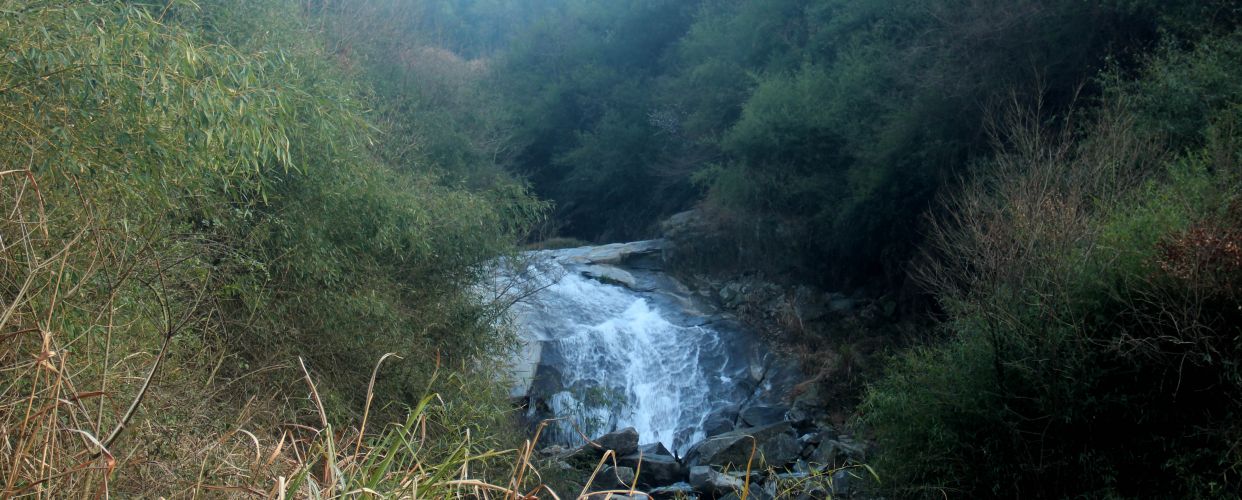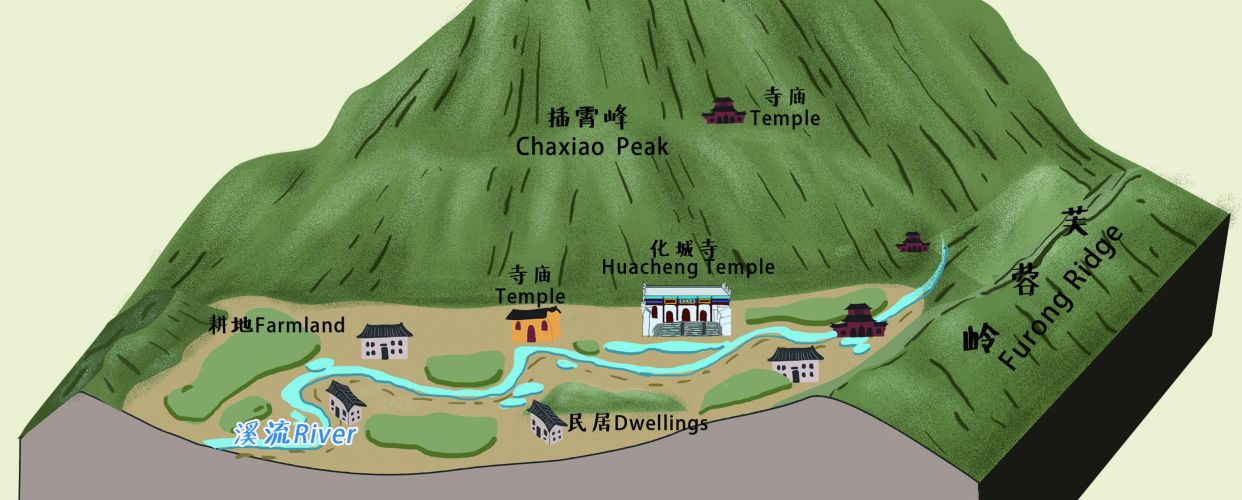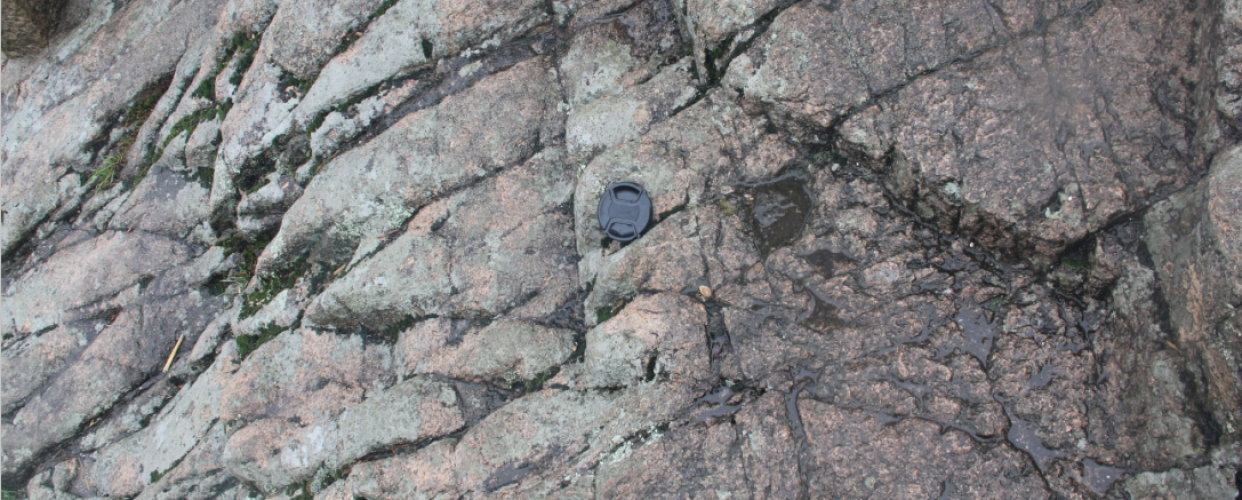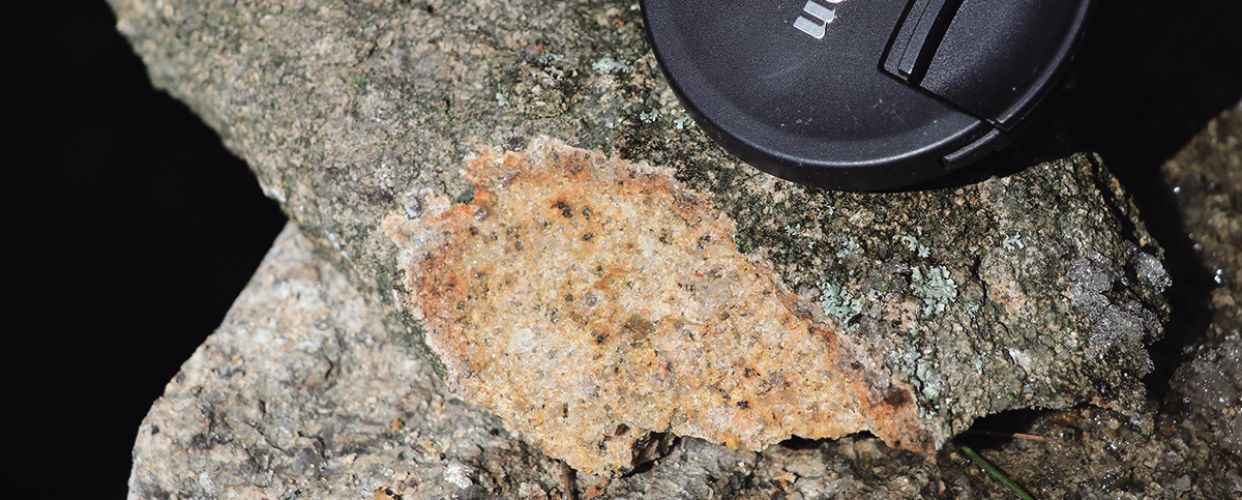- 视频 /
- 音频
-
景点介绍:
中生代(距今约2.5亿年~距今约6500万年)是中国东南地区构造演化和陆内造山过程的关键时期。1.4亿年前太平洋板块和欧亚板块强烈碰撞,使得上地幔及深部地壳的岩浆混合上涌并冷却,形成花岗闪长岩及其包体。九华山的花岗闪长岩内普遍发育大量暗色包体,这些包体具有细粒岩浆结构,形态以椭圆形和水滴状为主,与花岗闪长岩的接触界线清晰。 这些包体蕴藏着岩浆生成、演化、形成过程等信息,是研究九华山及其周边地区地球深部壳幔作用的重要窗口,也是岩浆混合作用的直接证据,对破译中国东南地区构造演化和陆内造山过程具有重要意义,一直受到岩石学家的重视。 Observation Site of Inclusion in Granodiorite The Mesozoic (250-65million years ago) is a key period of the tectonic evolution and intracontinental orogeny process in southeastern China. Because of the intense collision between Pacific Plate and Eurasian Plate 140 million years ago, two types of magma were produced respectively in the upper mantle and the deep crust. Then they were mixed, upwelled and cooled down to form granodiorite and enclaves. It can be observed in granodiorite that some dark enclaves are of microgranular igneous texture and oval or drop-shaped. The contact boundary between the enclaves and the granodiorite is very clear.Containing the information about magmatic genesis, evolution and process, these enclaves are the key clews and directive evidences of the interaction between the mantle and the crust in Jiuhuashan and neighboring regions. They are of great importance in researching the tectonic evolution and intracontinental orogeny, and receive much attention from petrologists.
-
评论列表
评论列表
评论列表
评论列表
评论列表
 HOT
HOT



